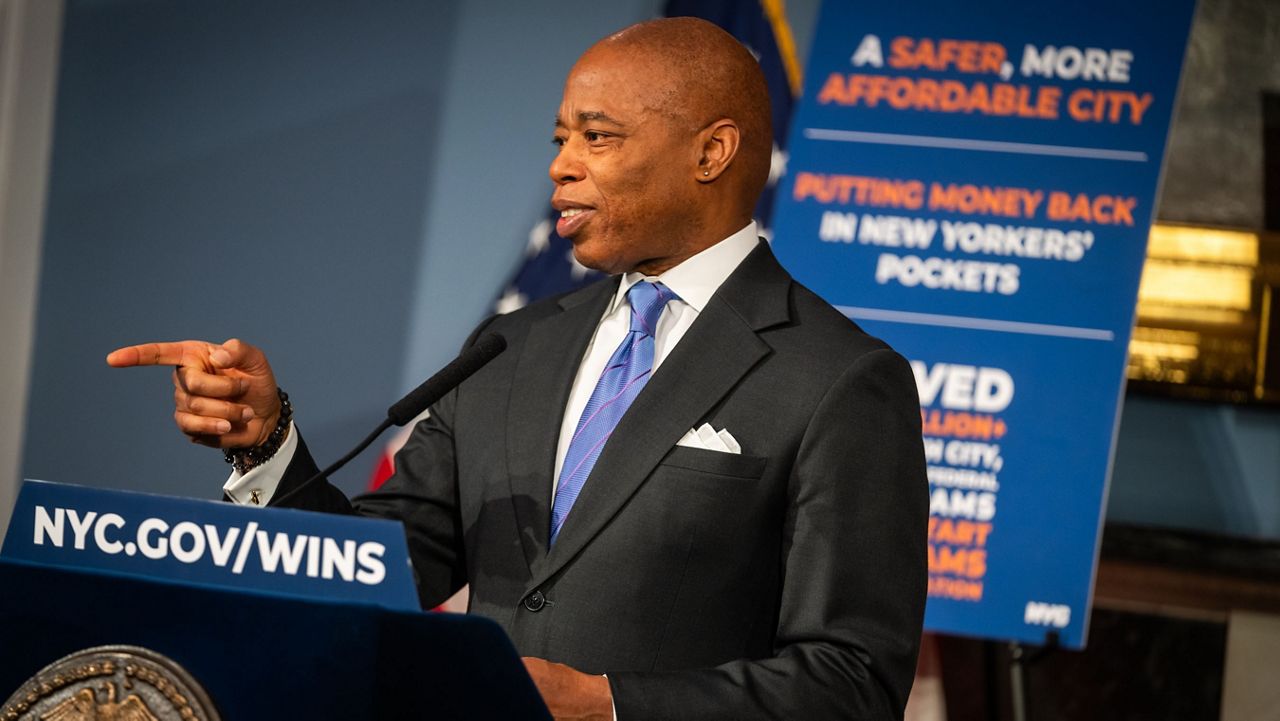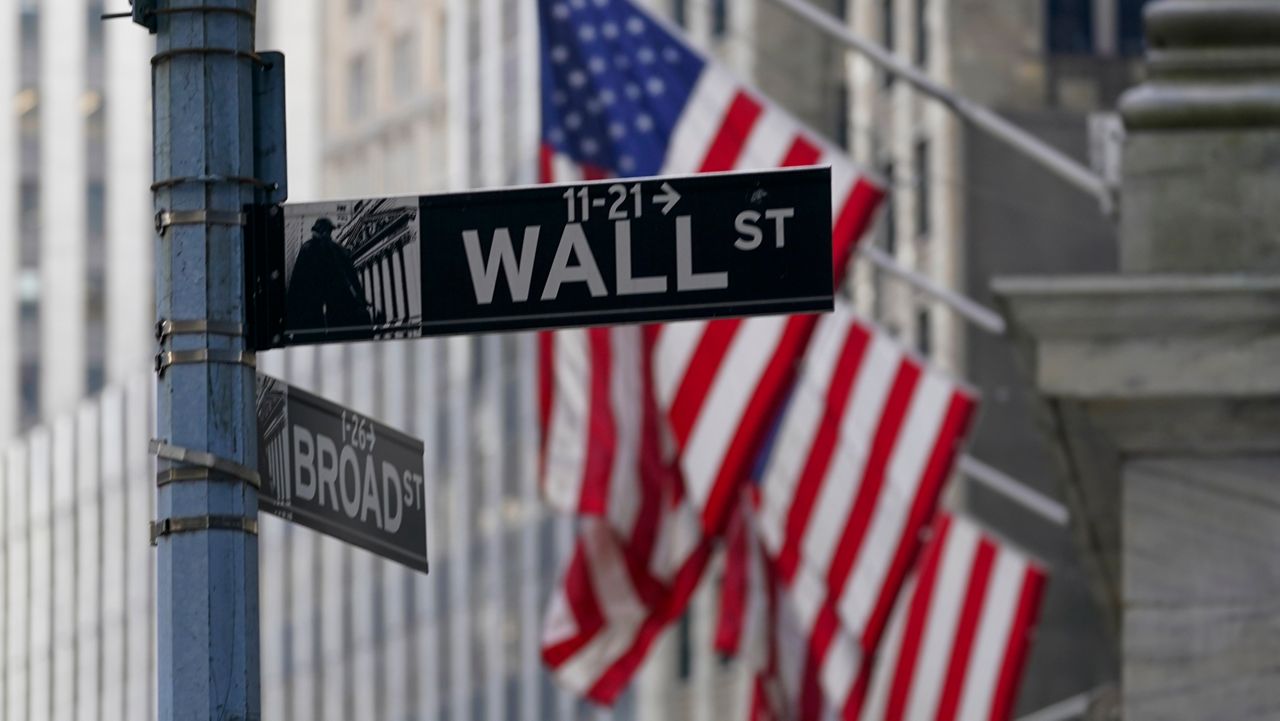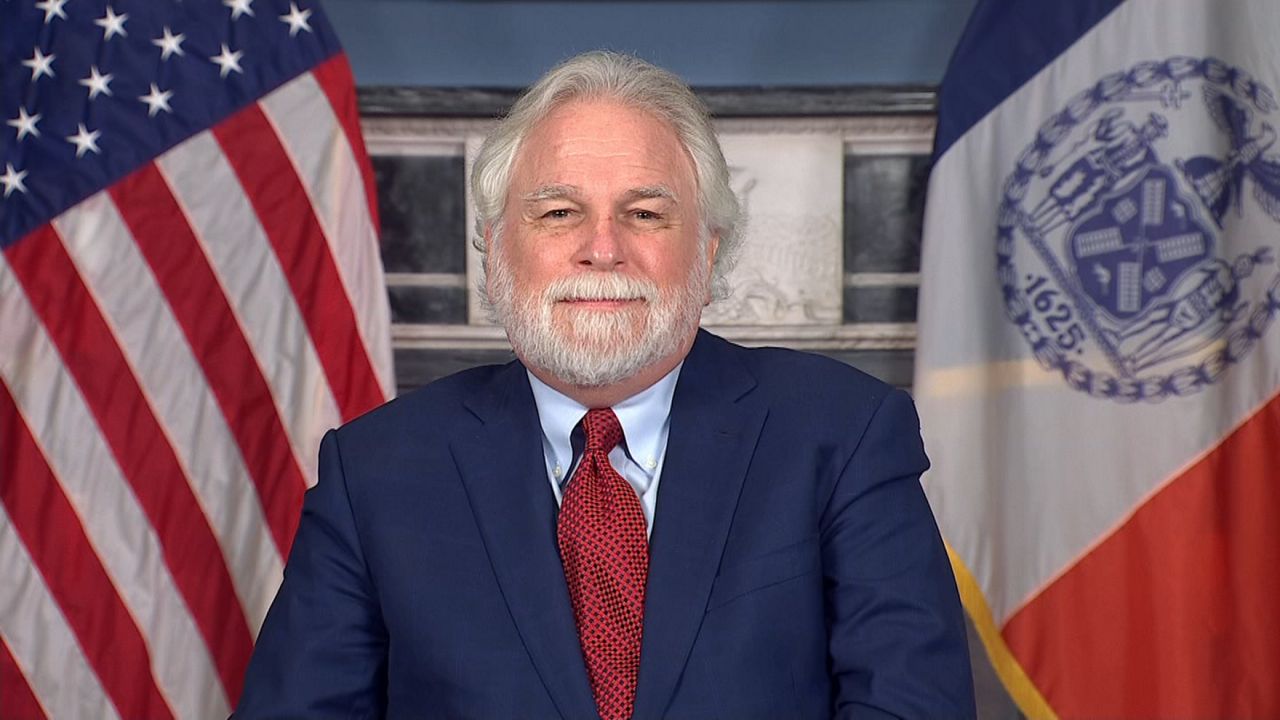The city’s public housing system has seen vacancies skyrocket over the last year, but the head of NYCHA said Wednesday the agency has a lower vacancy rate than the entirety of New York City.
During an appearance on “Mornings On 1,” NYCHA Interim CEO Lisa Bova-Hiatt said the agency is “moving in the right direction” and “substantial changes” are being made, but there are many hurdles to overcome.
“NYCHA is nearly a 100-year-old organization, and we've been working with the federal monitor, our partners at the state level, at the city level, at the federal level consistently since 2019, when we signed the HUD agreement. So when you think about the decades of disinvestment, change does not happen overnight,” Bova-Hiatt said.
Year-over-year, NYCHA’s vacancy rate has increased by 600% while New Yorkers continue to sit on waiting lists to be moved out of unsafe and unhygienic apartments, NY1 reported last week.
NYCHA’s CEO said the vacancies are due to a variety of reasons, including the need to repair the empty units.
“We're remediating them from lead and asbestos and mold so that when somebody moves into the apartment, they're moving into an apartment and they can feel comfortable knowing that it's lead free, it's asbestos free, it's mold free,” Bova-Hiatt said.
She added that, when compared to other public housing authorities and the private sector, NYCHA’s vacancy rate is actually lower.
“When you look at our vacancy rate overall, compared to other public housing authorities, and compared to the city, other landlords, were actually doing a good job,” she said.
A survey from New York City’s Department of Housing Preservation and Development found that, in 2021, 4.54% of all New York apartments were vacant.
As of January 2023, NYCHA’s vacancy rate came in at 3.7%, up from 1.9% the previous year.
Bova-Hiatt also said that while the agency is working to complete upgrades and repairs quickly, the greatest challenge NYCHA faces is its scale.
“When you think about the timing and coordination that it takes, not only to do our everyday work, but to focus on mold, have it tested, wait for the test to come back QAQC the tests – then test the tiles for asbestos. Those things take time,” she said.
Meanwhile, Bova-Hiatt said the agency is continuing to recover from the pandemic, when it accumulated nearly $500 million in unpaid rent.









